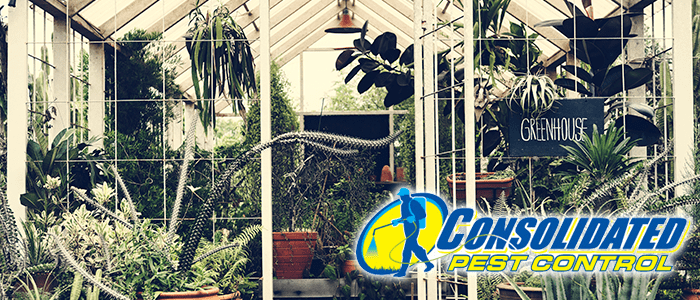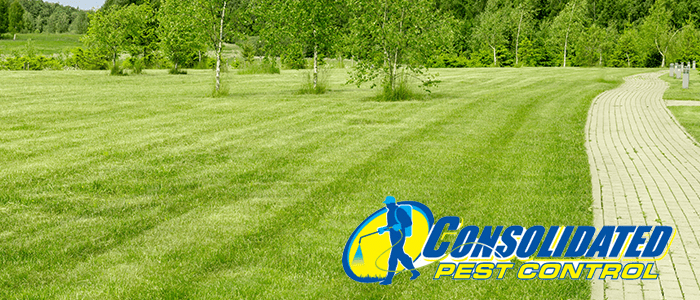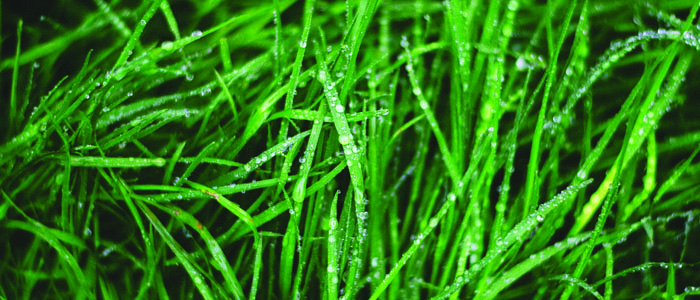
Gardening – Even caring for house plants – Is a world of pest problems that you never knew could exist. If you ask most people about spider mites or aphids, you’ll be on the same page – they sort of know what they are and know that they’re bad for plants. But if you’re like most people, you’ll never have heard of a thrip, and if you saw one, you might not know it until it’s too late for your house plant.
Thrip 101
To start with, you might never see thrips. They tend to stay on the underside of leaves, evading detection and feeding on house plants. The first sign of a thrip infestation might be leaves turning a pale faded color or gray before turning brown and beginning to die. As a thrip population grows very large, you may see them on the leaves. Tiny little long insects more diminutive than a grain of rice, barely thicker than a hair that appears to wriggle like a worm. They feed on your plants with tiny sucking mouthparts, and the adults have functional wings.
These are tiny creatures, smaller than your average gnat. Once you see them, you might mistake them for aphids, but their long and slender shapes make them easy to identify positively. Thrips are very common in the wild. You may have brought them in on a flower clipping, on a new plant from the store, or just invited one in through an open window that happened to crawl through your screen as the adults have no problem flying. Whatever the case, they’re now on your house plants, hurting them and grossing you out. So what can you do about them?
Thrip Control
Thrip eggs are tiny. Even if you went and rubbed down every leaf on your plant, crushing thrips as you go, the eggs and larvae would escape unharmed. They are also remarkably handy at building up resistances to standard chemical control methods. They only live for about a month, so you have a great chance of reducing their population to nothing if you can manage to address the problem rapidly.
Isolate & Triage
Start by isolating all of your plants that are infested with thrips. Take them outside and spray them down with your garden hose, being sure to hit the underside of the leaves and stems. This will physically remove thrips from your plants and reduce the population significantly, leaving you with a much smaller problem to clean up. Be sure to use tepid water and not to overwater your plants in this process, or you could wind up with fungus gnats on top of thrips.
Insecticides
Insecticidal soaps kill thrips on contact, and you can use either a premixed insecticidal soap or make your own by mixing 1 tsp gentle liquid soap to 1 liter of water. Spray the mixture directly on infested leaves to kill the insects, and do this often. Test this on a few leaves of your plant at first to see how it reacts to the soap – Though in most cases, it will do just fine. Rinse the soap off with water after washing the underside of the leaves. You can also spray neem oil on the leaves, which coats them in a substance that kills thrips. Neem oil is a natural pesticide available at many home and garden stores and can be sprayed on your plants until the leaves are soaking and do not need to be washed off.
Traps
Thrips, like many pests, are attracted to yellow sticky traps as well. Whichever method you choose to control your thrip population, be sure to stay consistent and inspect leaves for thrips before bringing your plants – Or any new plants – Back into the general population of your home garden. With patience and dedication – As well as repeat leaf washing sessions – Your house plants can be thrip-free and happy again in no time.








